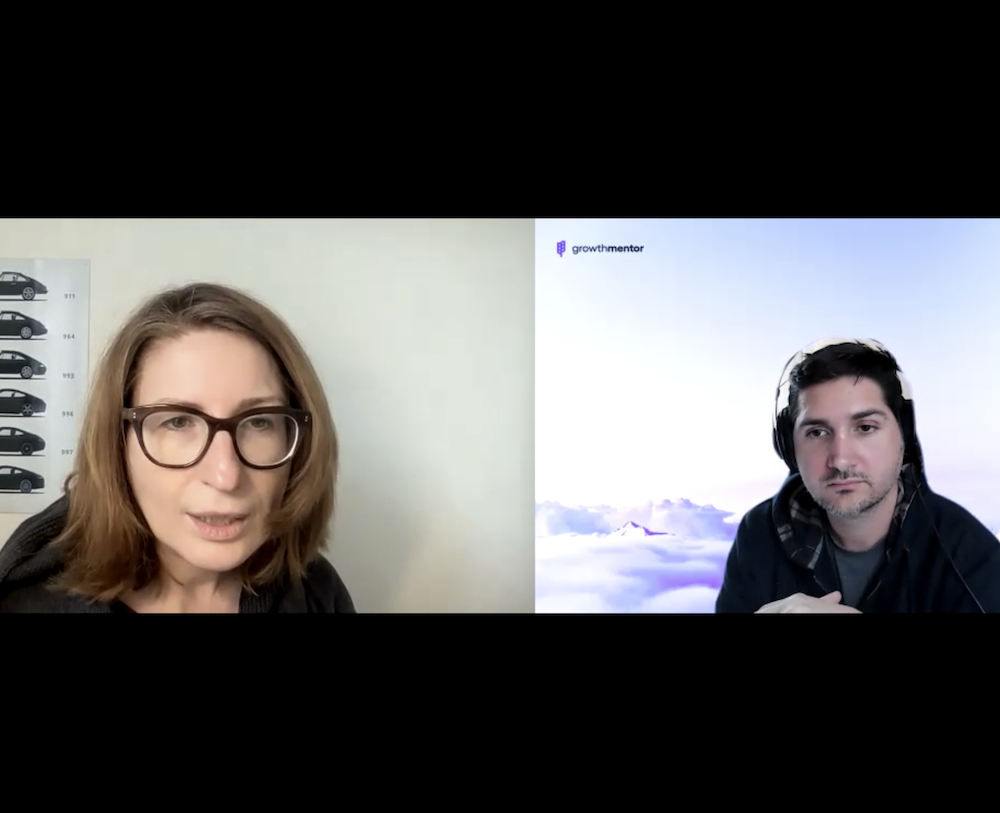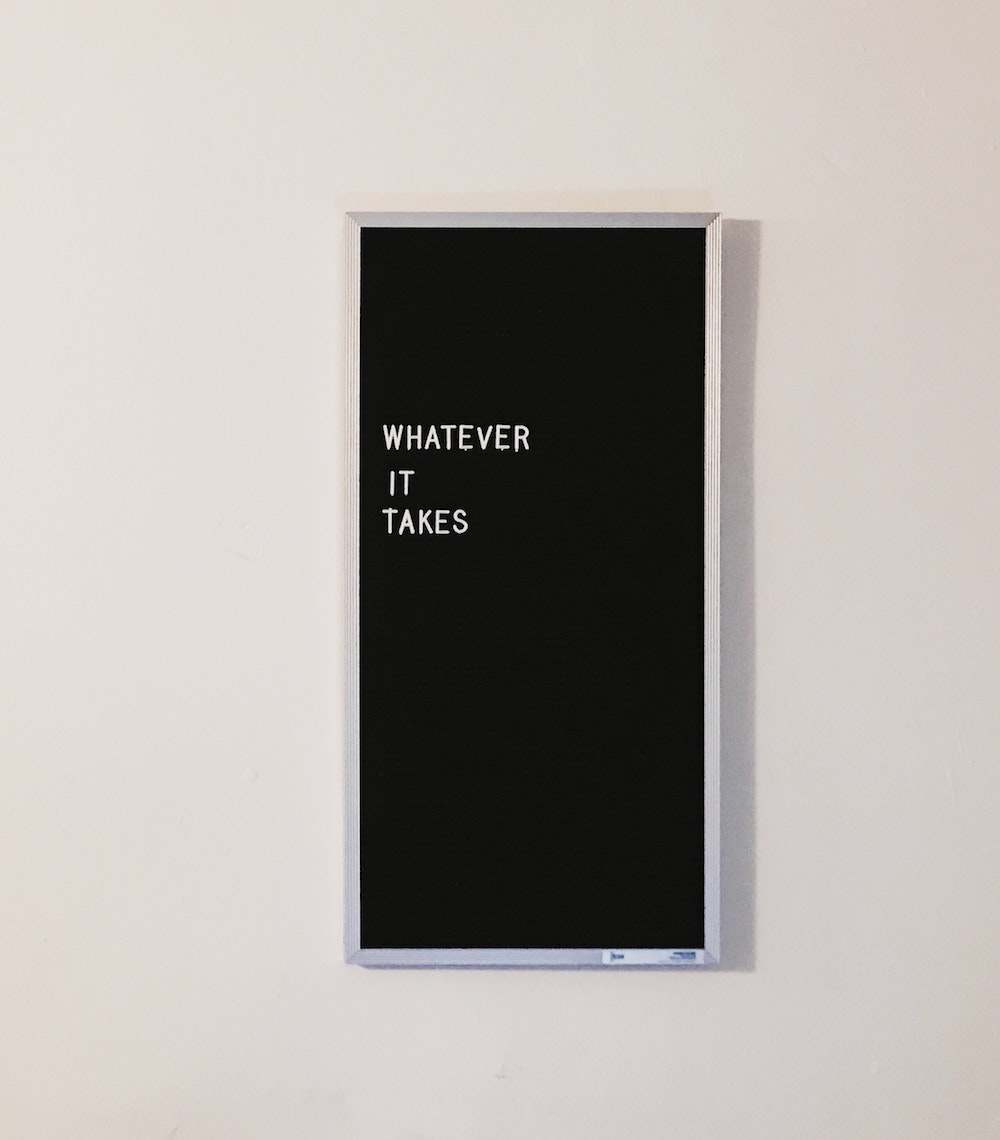How to Ask for Help: Writing the Perfect Mentor Session Request
Asking for help isn’t always easy.
Sometimes you don’t know how to frame your problem, and other times you’re worried about looking like you don’t have it all figured out.
But here’s the truth: nobody expects you to have all the answers.
In fact, that’s why platforms like GrowthMentor exist—to connect you with people who do have the answers and can help you get unstuck.
One of the best ways to make sure your mentor session is a success is to start with a clear and well-structured request.
This blog will show you exactly how to do that.
Why Asking for Help Feels Hard
Asking for help feels tough because we all fear judgment.
You might feel like you’re supposed to know the answers, especially if you’re an expert in your field.
Take me for example— I’ve got 15+ years experience in marketing and have helped hundreds of people over the years, yet I still struggle to write copy for some of my own projects because I’m too close.
Asking for help/feedback/validation doesn’t make you look weak—it shows you’re smart enough to know when you’re stuck and determined enough to speak to people about it to get unstuck.
The key is how you ask.
What Makes a Great Mentor Session Request
Let’s break down the essential parts of a great mentor session request. Getting these elements right can dramatically improve the quality of the advice you receive and make the session more productive.
Be Specific About Your Challenge
A vague request leads to a vague solution. Be as clear and direct as possible about the problem you’re facing so that your mentor doesn’t waste time guessing what you need help with.
Bad Example: “I need help with growth.”
Good Example: “Our affiliate marketing traffic dropped by 30% in the last month. I’m looking for strategies to reverse this trend, and I’m considering using social media and email marketing to boost traffic.”
In the second example, the problem is well-defined, and the mentor can immediately start thinking about potential solutions.
Provide Context (But Don’t Overload)
Context is key. Give enough background so your mentor understands your situation, but keep it concise—focus only on the most relevant details. This will allow the mentor to get to the heart of the issue quickly.
Bad Example: “We’ve been running our product for a while, and it’s performing okay, but I feel like we could do better.”
Good Example: “I manage two websites. One focuses on general dental information, and the other is a new site that helps patients find dental tourism services. I’m thinking about launching a YouTube channel for the tourism site to attract more traffic but am unsure how to approach it.”
With this context, the mentor knows you’re dealing with two different websites and can better tailor their advice to your specific challenge.
Define a Clear Outcome
Think about what you want to walk away with at the end of the session. Be explicit about your desired outcome. This keeps both you and your mentor focused and ensures the session is solution-driven.
Bad Example: “I need help with mindset.”
Good Example: “By the end of this session, I want actionable strategies to overcome procrastination and improve my time management so I can get more done during the workday.”
The second example clearly defines what success looks like for the mentee: practical strategies they can implement immediately.
Be Open to Solutions You Haven’t Considered
While you may have a specific outcome in mind, it’s important to stay open to alternative ideas or suggestions that your mentor might bring up. They often have experience and insights you haven’t thought of yet, so being flexible can lead to better results.
Bad Example: “I’ve already decided to use an influencer for YouTube, so I just want to know the steps for executing that strategy.”
Good Example: “I’ve been exploring using an influencer for a YouTube campaign, but I’m open to hearing other suggestions on how to grow the channel more effectively.”
In the second example, the mentee is clear about their direction but leaves room for the mentor to offer potentially better or more creative ideas.
Crafting the perfect session request isn’t hard if you follow these simple guidelines.
Be specific about your challenge, provide just enough context, define your outcome, and stay open to solutions you hadn’t considered.
When you do that, you’ll have more productive sessions, get better results, and feel more confident about asking for help in the future.



